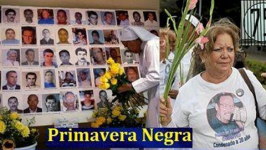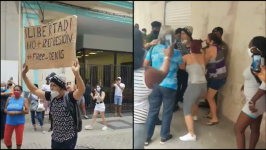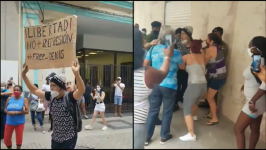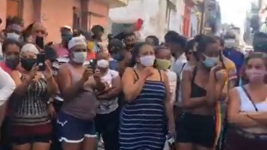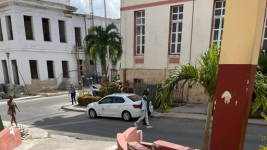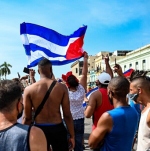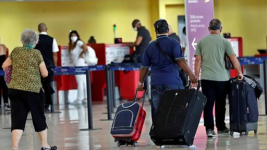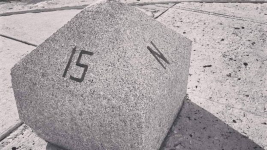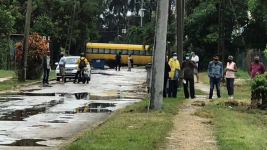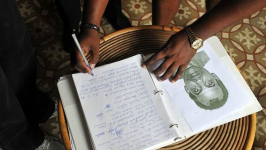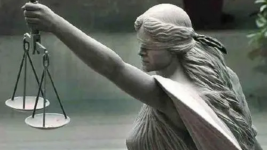http://translatingcuba.com/the-dollar-returns-to-rule-our-lives/

14ymedio, Yoani Sanchez, Generation Y, Havana, 18 July 2020 – The first time I entered a hard currency store was in long distant 1994. I had to show the three one-dollar bills that a friend had given me, and thus managed to enter the
shopping* on the ground floor of the Seville hotel, near the Capitol in Havana. The smell of cleanliness, the air conditioning and the shelves full of products were a hard blow for this
Cubanita who, until then, had only known about state-run businesses and the rationed market. Since then it has rained a lot, but it also seems that history moves in circles on this Island.
This week, after the independent press leaked that stores were being prepared sell food and toiletries in foreign currency, many emphatically denied that possibility on the premise that “something like this cannot be.” Curiously, until Miguel Díaz-Canel confirmed, this Thursday afternoon, that the network of businesses managed by Cimex was going to offer food in dollars, euros or other foreign currencies, some clung to the conviction that such a segregationist measure could not be implemented in this country.
Memory is a slippery animal. This is exactly what Fidel Castro did when, in August 1993, he authorized the possession of dollars and fired the starting gun for the appearance of a vast network of state stores where you could pay only in that currency. The time came when those lacking US banknotes looked on – salivating – as others bought cookies, frozen chicken, sausages or soda in a type of store that, soon after, began to introduce the convertible peso (CUC) into its operations.
Click link above for full article..




